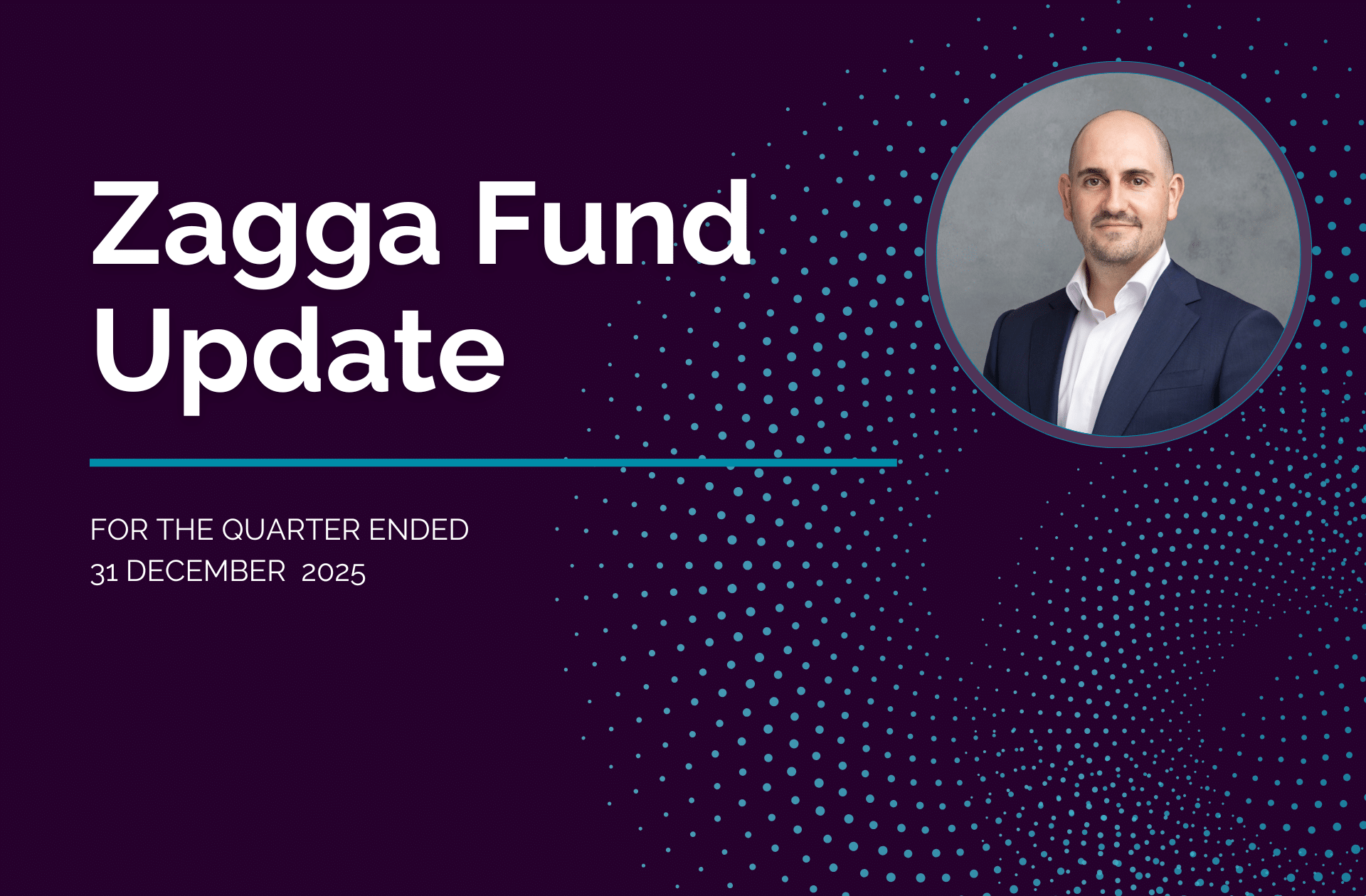• Division 296 targets super’s paper gains above $3m
• High-balance SMSFs hunt fresh tax-friendly shelters
• Zagga backs private credit as a risk-adjusted alternative to earn steady income
Source: Stockhead and The Australian
Date: 01 July 2025


Division 296’s new super tax could push wealthy Aussies out of shares and into income-focused options like private credit, where the returns are real, steady and not taxed on paper gains.
It’s being dubbed one of the biggest shake-ups to Australia’s super system in years.
But unless you’ve got more than $3 million stashed away in your superannuation account, you might not have paid much attention to Division 296 … yet.
That might soon change. If the Albanese Government gets its way, this new tax proposal could impact not just the wealthy but potentially anyone with a long-term plan to build a nest egg.
And according to Zagga CEO and co-founder Alan Greenstein, the proposed legislation is already shifting how investors think about where, and how, they invest their wealth.
What’s Division 296, and why is it so controversial?
Put simply, Division 296 is a proposal to tax earnings on super balances above $3 million at an extra 15%, on top of the usual 15% rate.
But the real sticking point here is that the tax includes unrealised gains – the on-paper increase in the value of assets that haven’t been sold.
It’s a big departure from how tax has traditionally worked in Australia.
“Firstly, we need to acknowledge that Division 296 isn’t yet law. And even if it is passed, it may not pass in its current form,” Greenstein told Stockhead.
“That said, the concept of taxing unrealised gains is unprecedented in Australia’s superannuation system — and in my view, raises significant concerns around fairness and long-term implications. You’re taxing individuals on growth they haven’t crystallised, and if the market turns, there’s no relief or offset.”
The $3 million threshold, as the proposed legislation currently stands, isn’t indexed to inflation. Over time, that drags more and more people into the net.
“At current rates of inflation, that $3 million loses value over time. What buys you $3 million now and what $3 million buys you in 10 years is quite different.”
Greenstein doesn’t dispute the government’s goal to improve equity and sustainability in Australia’s superannuation but he’s questioning what precedent this will set.
“If you’re going to impose an unrealised tax on super balances over $3 million, then what can you do next?
“Does it then apply to all super balances at some point? Could it become a tax on unrealised gains across other asset classes?”
Why investors might start looking elsewhere
While the government argues Division 296 will only affect a small portion of Australians, it’s clear that SMSFs – often used by high net worth individuals to manage their retirement wealth – will feel the brunt.
If the tax does go ahead, it could lead to some big shifts in how super is used, and what asset classes wealthy Aussies prefer.
Investors are likely to be very reticent to build up their super balances above $3 million and may look for other places to park their wealth, such as trusts or companies.
“And if there is going to be a tax on unrealised gains, then investors would prefer products which are income generating, where you don’t have the capital appreciation” Greenstein said.
That’s where private credit, like Zagga’s core offering, could come in for these investors.

Why private credit could appeal under the new super tax. Picture via Getty Images.
Why private credit might be part of the solution
Private credit is, by nature, an income-generating instrument.
You lend money (usually backed by bricks-and-mortar real estate or other hard assets) and you get paid interest, often at a premium to cash or bonds.
In Zagga’s case, most loans are secured by first-mortgage property collateral, written at or below 65% LVR, so there’s a thick equity cushion sitting beneath investors if the market wobbles.
“If I put a million dollars into private credits and I earn a 10% per annum return, I’m going to earn $100,000 of interest income.
“I’m not going to be exposed to any type of capital gain on that investment,” explained Greenstein.
That’s because the capital isn’t meant to appreciate, it’s there to generate income, usually paid monthly, or quarterly, and linked to the RBA cash rate plus a margin (Zagga’s flagship open-ended fund, for instance, has floated up and down, in line with every rate move, since its establishment in 2018).
“So switching from products which are susceptible to capital gains to products that prioritise capital preservation and are income generating is likely to be a strategy which investors are going to look into more carefully.”
And crucially, any tax owed is paid out of realised income, not notional – and perhaps momentary – on-paper gain.
Not without risks, but not without rigour
That’s not to say private credit is risk-free.
You’re still lending money, so borrower default is always a risk. But Greenstein believes the key is proper due diligence and strong managers.
“Private credit, from a risk point of view, is an excellent component of any well balanced investment portfolio,” he said.
Each deal passes a multi-layered credit committee, is stress-tested for exit liquidity and is monitored under an ASIC-regulated governance framework.
Investors can opt for a diversified fund (spreading their exposure across states, asset types and loan purposes), or cherry-pick single loans via the platform for a higher headline yield.
Defaults do happen – any seasoned lender will tell you that – but the safety net is the experience of the manager, the underlying asset and low LVR.
If a borrower stumbles, the manager steps in, enforces the mortgage and recovers principal and interest before the sponsor sees a cent.
It’s less liquid than a term deposit but a world away from the stomach-churning swings of equity markets.
And while Division 296 might be the spark that drives some toward alternatives, Greenstein is clear:
“Private credit certainly has an application in combating 296, but more broadly, it deserves a place in any well-constructed, well-balanced portfolio as a very, very good way to earn income.
“One that is more predictable and consistent than you’re likely to earn through a hybrid or a traditional bond.”
This article was developed in collaboration with Zagga, a Stockhead advertiser at the time of publishing.
This article does not constitute financial product advice. You should consider obtaining independent advice before making any financial decisions.



